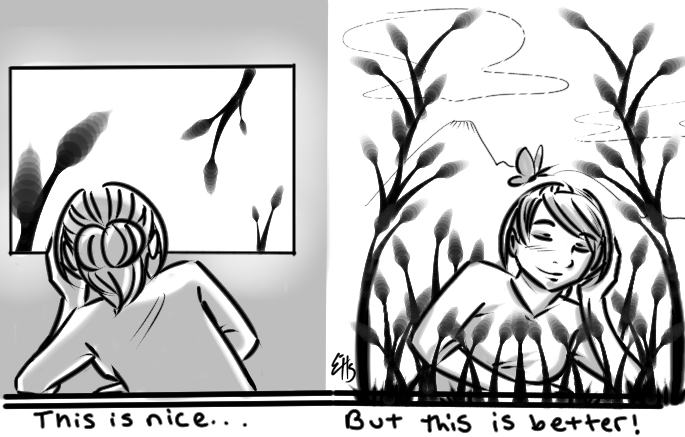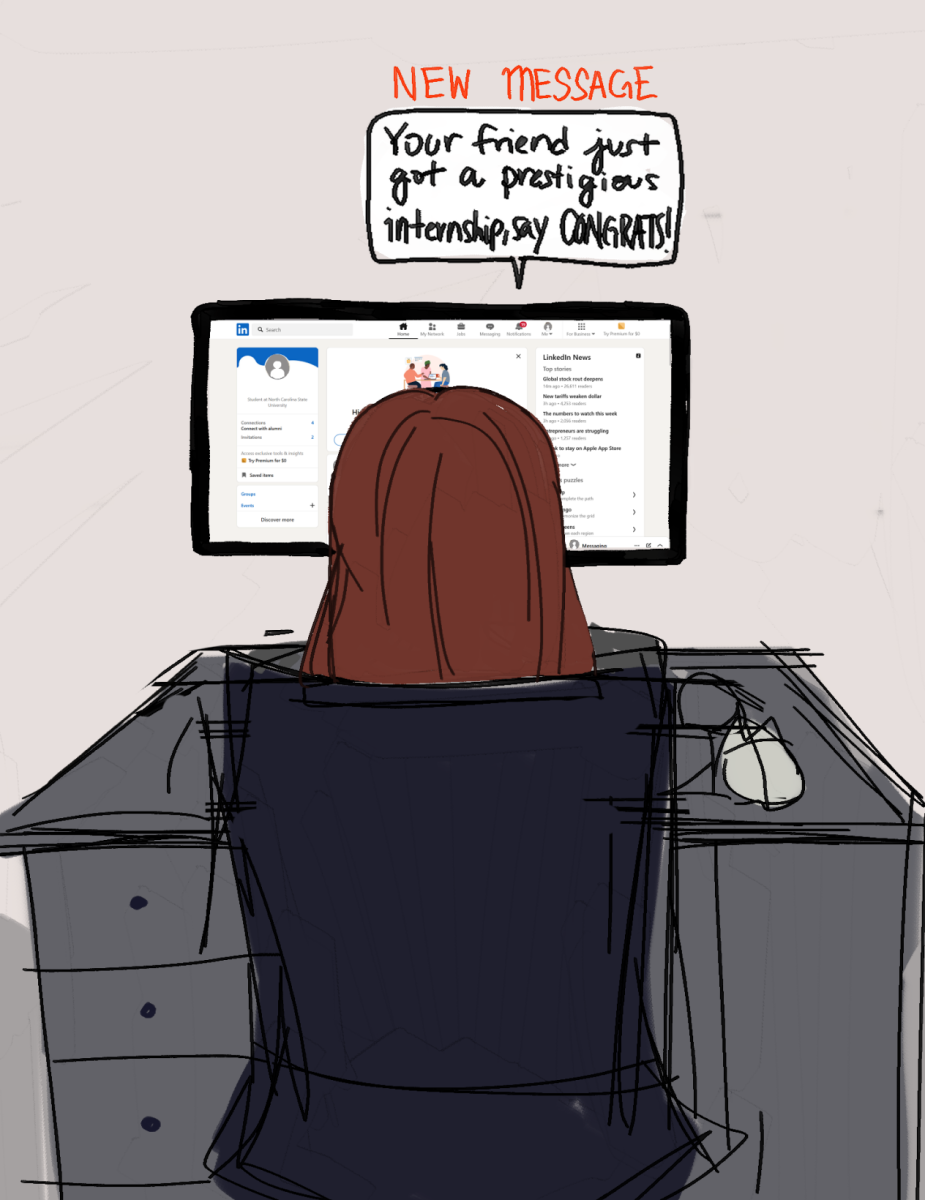Trigger warnings have recently overtaken the Internet and are spilling over into other aspects of media. These warnings have come in response to people with post-traumatic stress disorder and other anxiety disorders finding triggers in violent or sexually graphic texts.
I sympathize deeply with people who have survived and still suffer from psychological trauma; however, trigger warnings distract from the need for therapy and rehabilitation for people with PTSD, and they threaten education in the name of political correctness.
These warnings are becoming ridiculous, as they now are stretching to warn about potential triggers such as misogyny, death or dying, dental trauma, the death penalty, gun violence, terrorism, drunk driving, weight, calories in a food item, discussion of -isms, snakes, vomit, swearing, child abuse, victim-blaming, drones, self-injury, suicide, talk of drug use, descriptions of medical procedures, corpses, skulls, needles, discussions of sex (even consensual), spiders, insects, pregnancy, childbirth, blood, Nazi paraphernalia, slimy things, holes, etc.
These warnings are now attempting to accomplish the impossible—to warn people of absolutely anything that might trigger a negative psychological reaction.
Students at universities across the country are advocating incorporating trigger warnings into their curriculum. Using trigger warnings to prevent important education from happening —for the sake of protecting the fragility of people’s minds—is rather harmful.
A Rutgers University sophomore even suggested there be an alert on F. Scott Fitzgerald’s The Great Gatsby for suicide, domestic abuse and graphic violence.
And that’s not even the most ridiculous of the trigger warning proposals; shows such as Scandal and Downton Abbey have received heat because the trigger warning advocates think these shows need to warn viewers of the content.
We need to stop walking on eggshells. Trigger warnings are distracting; they are not the real issue. Universities need instead to work toward providing services to students who suffer from post-traumatic stress disorder, and students need similarly to use the resources provided and work through their triggers. Otherwise, we will never be able to repair and mend the core of the problems, nor can we can make the world more accepting and safer for people with PTSD.
Intellectual and emotional developments are both essential to education. Students need to experience emotion to discover their interests. A student might opt out of important course material because of a certain trigger warning and miss the opportunity to discover a new viewpoint or spark a new interest. Additionally, students need to prepare for the real world, which won’t be so kind as to warn them when something potentially triggering might occur.
There have been times in my life when I wished I would have been warned about images I was about to see, but seeing those images educated me. In 10th grade when I watched the footage from American troops liberating concentration camps, my teacher didn’t warn me that the images would be disturbing. The images stayed with me, and I’m glad I saw them, because it gave me a much deeper understanding of the true horrors of war and of the Holocaust.
I acknowledge and agree that there is a time and a place for a good trigger warning: video game and movie ratings, for example. However, as a society we are beginning to treat certain topics as though they don’t have to be experienced. Creating schools and universities to be a sterile environment is not the answer.
There are not any favors being done for students by sheltering them from graphic images and hateful ideologies—it instead allows students to learn avoidance rather than overcoming fears and obstacles.










